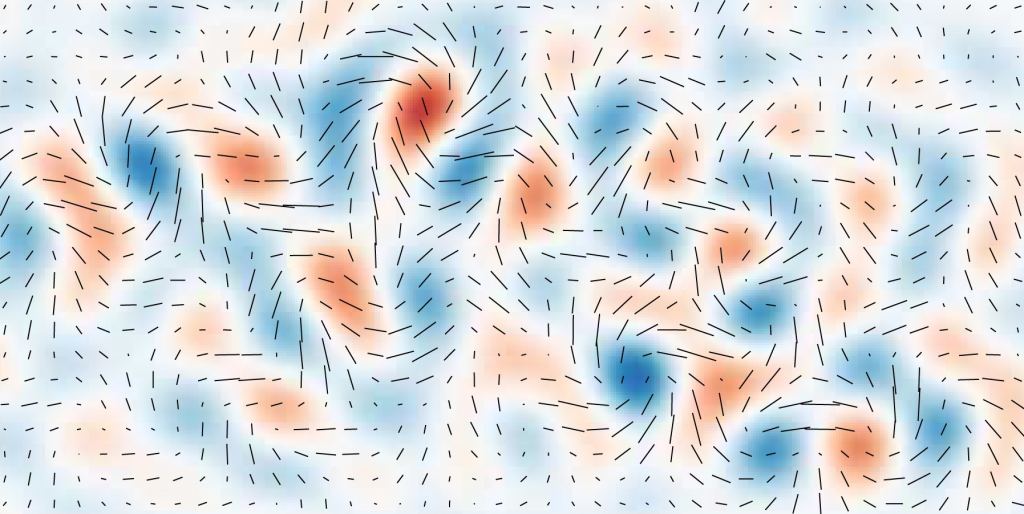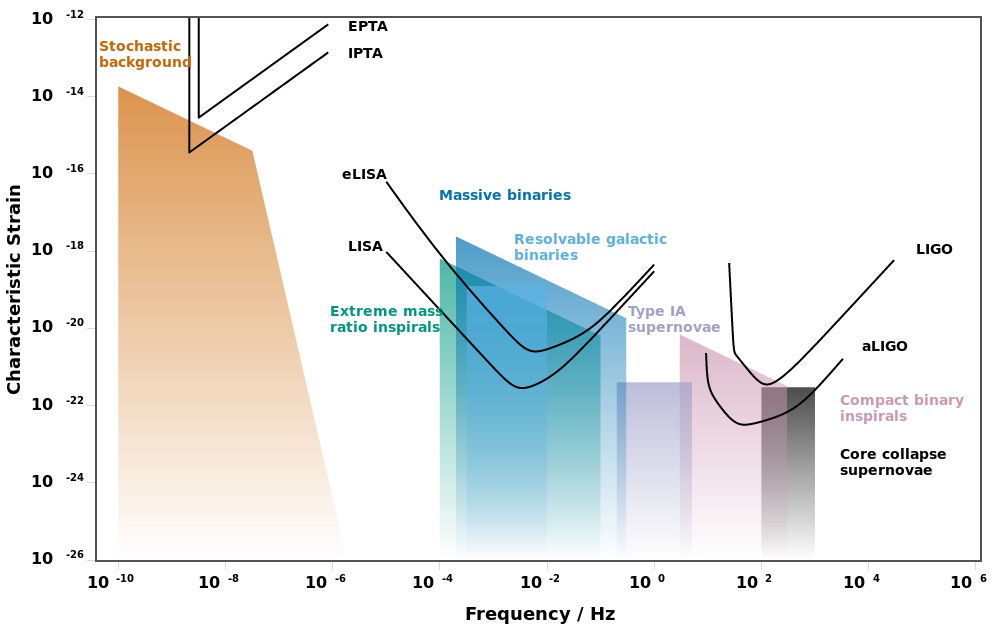Gravitational-wave astronomy is still in its youth. Because of this, the gravitational waves we can observe come from powerful cataclysmic events. Black holes consuming each other in a violent chirp of spacetime, or neutron stars colliding in a tremendous explosion. Soon we might be able to observe the gravitational waves of supernovae, or supermassive black holes merging billions of light-years away. But underneath the cacophony is a very different gravitational wave. But if we can detect them, they will help us solve one of the deepest cosmological mysteries.
They are known as primordial gravitational waves, and while they were formed within the heart of the big bang, they have faded in intensity to a faint hum. It is much like the cosmic microwave background that can be seen from everywhere in the universe, but it practically invisible compared to the energetic light sources we see every day.
Because these gravitational waves are so faint, most of the effort to detected them has focused on their effect on light. According to the standard model of cosmology, primordial gravitational waves should twist the orientation of light slightly as it travels through space. Thus, light from the cosmic microwave background should have a B-mode polarization. The problem with this is other things such as dust can also induce a B-mode polarization in the CMB. It's easy to confuse the two, as seen when the BICEP2 collaboration claimed to have detected them, then had to walk their results back a bit.
While detecting primordial waves through the CMB is still possible, now that we can detect gravitational waves it would be nice to detect primordial waves directly. A new research group thinks they've found a way to do that. Their results have been published in *Physical Review Letters*, and it shows how we might pull its signal out of tremendous noise.
Their process is the opposite of what is usually done in sound recording. If you have a persistent background hum, you typically record the ambient sound of the room, then subtract it from your recording. To detect gravitational waves, the team proposes removing the loud signals to hear the faint hum. They created a model of an average overall signal from events such as supernovae and black hole mergers. Subtracting this from the gravitational wave data we gather, what should be left is a bunch of random noise. Most of this noise would be caused by the random fluctuations of the gravitational wave detector itself. But we have several gravitational wave observatories now, and the random noise of each of them is different. So the team proposes comparing noise data from multiple observatories and subtracting all the noise that isn't common between them. Since primordial gravitational waves should have the same signal across all observatories, the common "noise" should be the primordial signal.
The team has shown this can work in simulations. The only problem is that current observatories are so noisy that this method can't be used. As new, more sensitive observatories come online, this method could be used to detect primordial gravitational waves.
If this method is successful, it would be a tremendous boon to astronomers. Right now the standard cosmological model assumes that there was a period of rapid inflation in the early universe. This assumption solves many of the problems in early cosmology, but it remains hypothetical. But if the inflation model is correct, primordial gravitational waves would carry its signature. Detecting them would either confirm our suspicions about the big bang or point us to amazing new theories.
Reference: Biscoveanu, Sylvia, et al. " Measuring the primordial gravitational-wave background in the presence of astrophysical foregrounds." *Physical Review Letters* 125.24 (2020): 241101.
 Universe Today
Universe Today


